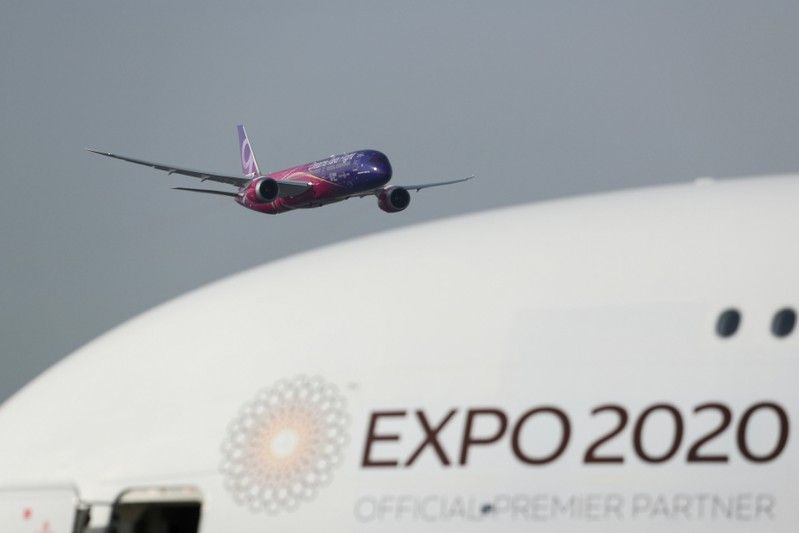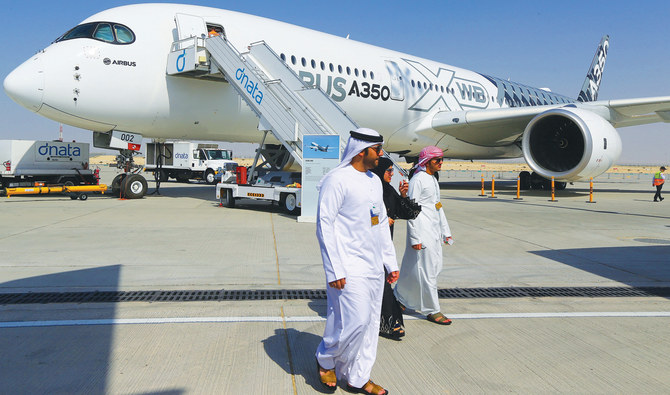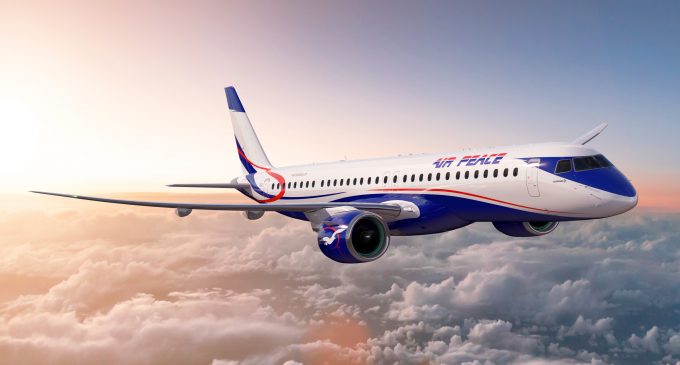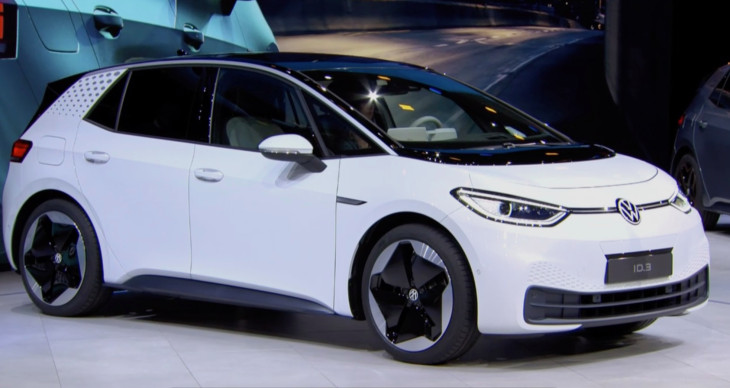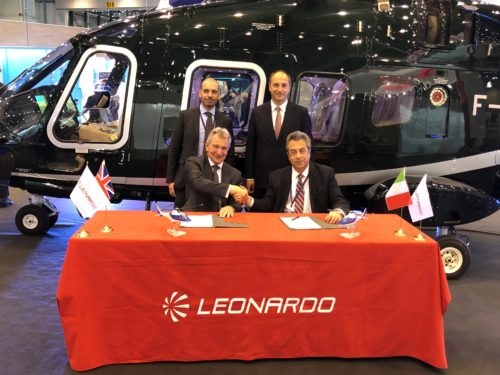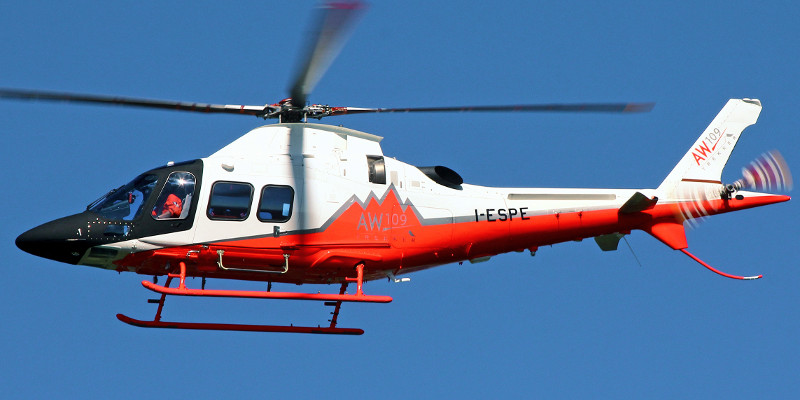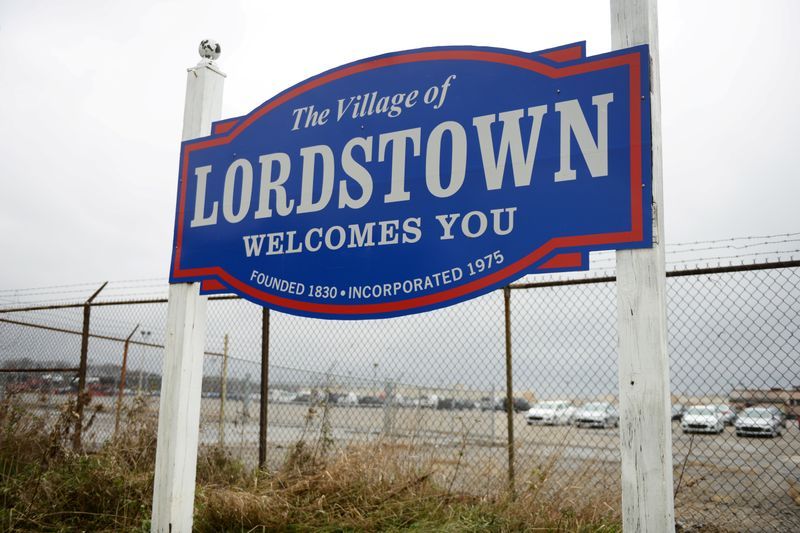
WASHINGTON (Reuters) – Electric pickup truck start-up Lordstown Motors is pursuing a $200 million loan from a U.S. Energy Department program to retool a former General Motors <GM> factory in northeast Ohio, Chief Executive Steve Burns told Reuters.
Burns met with Energy Secretary Dan Brouillette on Monday for about an hour and the company was holding additional talks with officials on Tuesday from the Energy Department’s Loan Program Office.
“We think we are worthy of government help. We don’t want a handout – we want a loan,” Burns told Reuters in an interview. “It’s just going to be more jobs faster if we get it. We are viable without it.”
Burns disclosed the company plans to unveil a drivable version of its electric truck at the Detroit auto show in June. It hopes to begin production by year-end.
The Energy Department declined comment.
Burns said the company hopes to receive funding from the Energy Department’s Advanced Technology Vehicles Manufacturing program that in 2009 awarded loans to Ford Motor Co <F>, Tesla Inc <TSLA> and Nissan Motor Co <NSANY> to retool factories, but has not issued loans since 2011. Nissan and Tesla previously repaid their loans.
The fate of the sprawling plant became a political lightning rod after GM announced its planned closure in November 2018, drawing condemnation from U.S. President Donald Trump and many U.S. lawmakers.
A bipartisan group of Ohio lawmakers wrote Brouillette last week offering “strong support” for the loan, saying northeast Ohio was dealt a “severe blow” by the plant closing.
Lordstown Motors Corp, which is 10% owned by Workhorse Group Inc <WKHS>, bought the plant and equipment for $20 million as part of its ambitious plan to begin building electric pickup trucks by the end of 2020.
“It’s cool to bring something back to life,” Burns said.
The company is working to raise additional funding and is in advanced talks with a large strategic investor, Burns said.
GM last year agreed to loan Lordstown Motors $40 million to acquire and retool the plant. Burns hopes to repay GM’s loan “in a few weeks.”
Burns plans to start crash-testing vehicles in July, hiring about 400 hourly workers in September and to begin production in November or December.
Electric vehicle startup Rivian, backed by Amazon.com Inc <AMZN> and Ford, plans to build an electric pickup truck and companion starting in late 2020. GM plans to build its first electric pickup truck starting in late 2021. Tesla plans to start building its electric Cybertruck in late 2021.
(Reporting by David Shepardson; Editing by Nick Zieminski)



